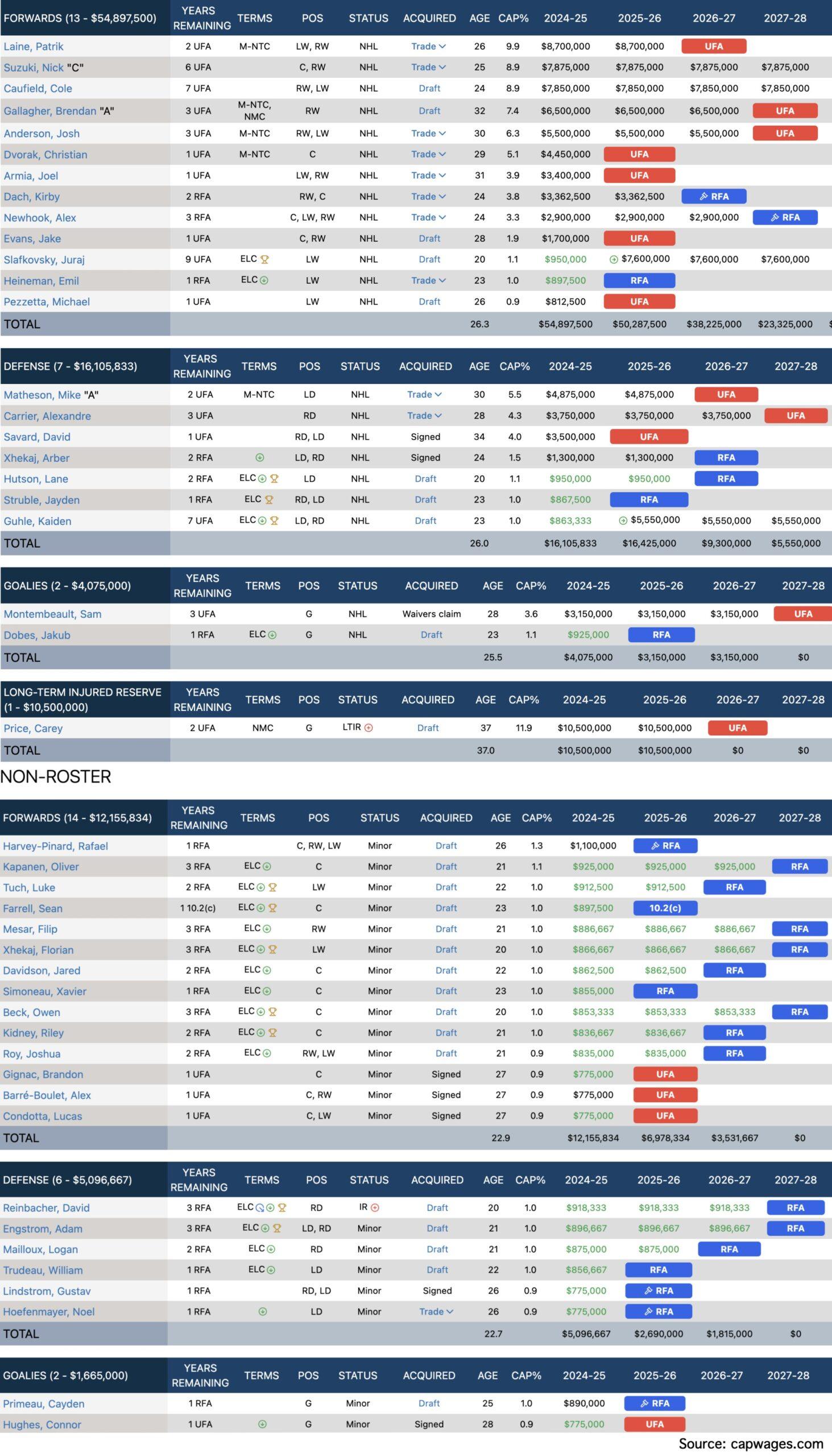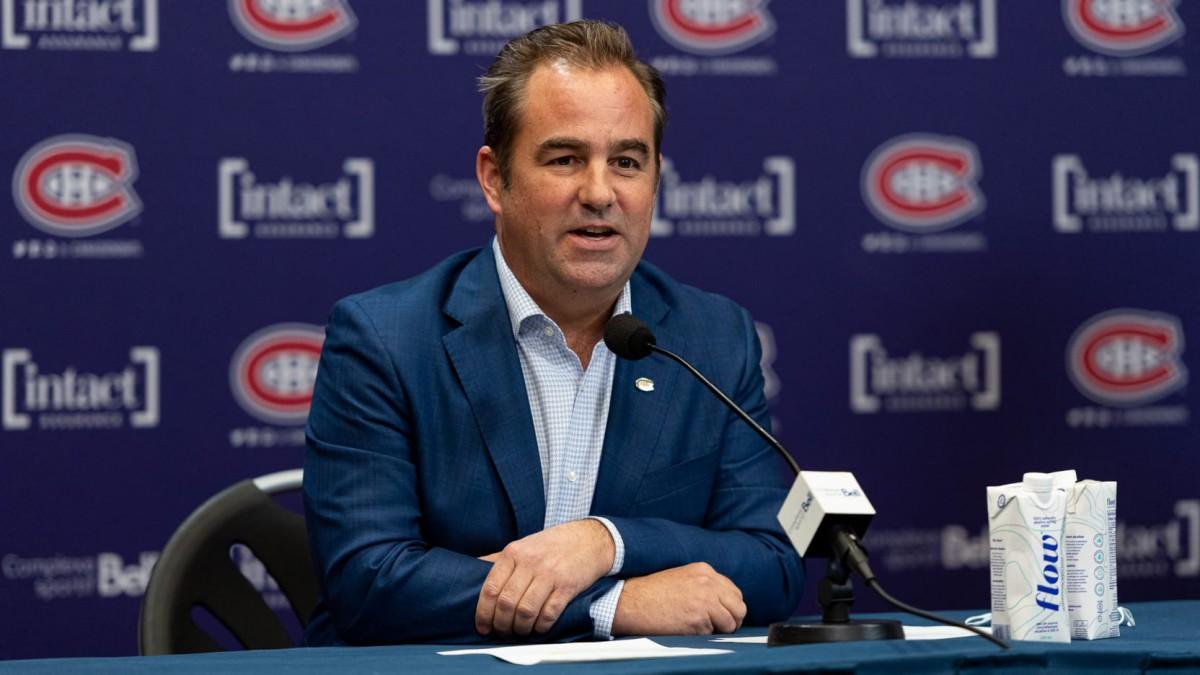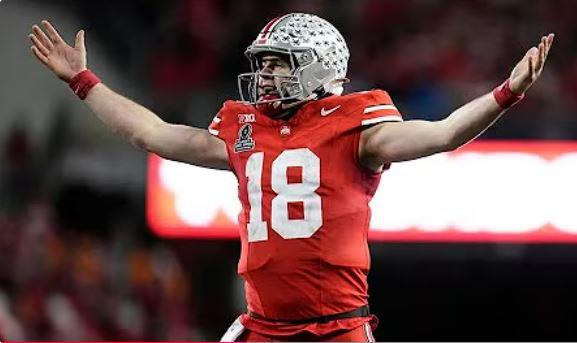
The escalating NHL salary cap, projected to rise from $88 million USD in 2024-25 to $113.5 million USD by 2027-28, presents a significant financial challenge for Canadian teams due to unfavourable exchange rates. With the Canadian dollar currently weaker than the U.S. dollar, these teams face higher operational costs when converting player salaries into their local currency.
Per Friedman, the NHL/NHLPA have released cap estimates for next three seasons:2025-26: $95.5M 2026-27: $104 M 2027-28: $113.5M
— JD Lagrange (@jdlagrange.bsky.social) 2025-01-31T16:18:38.148Z
Projected Salary Cap and Exchange Rate Impact:
| SEASON | CAP (USD) | EQUIVALENT (CDN) | DIFFERENCE (USD to CDN) |
| 2024-25 | $88 million | $127.97 million | $39.97 million |
| 2025-26 | $95.5 million | $138.88 million | $43.38 million |
| 2026-27 | $104 million | $151.24 million | $47.24 million |
| 2027-28 | $113.5 million | $165.06 million | $51.56 million |
*Assuming an exchange rate where 1 USD = 1.45 CAD
This growing disparity means that while teams pay player salaries in U.S. dollars, Canadian teams must generate significantly more revenue in Canadian dollars to match the same salary expenditures. For instance, by 2027-28, a salary cap of $113.5 million USD would require approximately $165 million CAD, solely due to exchange rate differences.
Revenue Challenges:
Canadian teams primarily earn revenue in Canadian dollars through ticket sales, merchandise, and concessions. The necessity to convert these earnings to U.S. dollars for player salaries results in an immediate financial loss due to the unfavourable exchange rate. This situation is exacerbated as the salary cap increases, amplifying the financial burden.
Potential Consequences:
- Internal Salary Caps: To maintain financial viability, Canadian teams may be compelled to implement internal salary caps below the NHL’s maximum, limiting their ability to attract and retain top talent.
- Increased Ticket Prices: To offset rising costs, teams might raise ticket prices and other fan-related expenses, potentially alienating their supporter base.
- Competitive Disadvantage: With constrained budgets, Canadian teams could struggle to compete with U.S. counterparts that can fully utilize the salary cap, leading to a disparity in team performance.
Effect on the Canadiens:
Judging from their reaction on social media, many Canadiens fans are excited about the rising salary cap, believing it will benefit the team since most of their young core is already signed long-term. However, this overlooks a crucial financial challenge.
As outlined earlier, the unfavourable exchange rate significantly inflates the team’s payroll costs. Additionally, several factors will further strain their cap situation:
- Upcoming contract extensions: While top prospects will begin on entry-level contracts (ELCs) for two to three years, their eventual extensions will be based on the inflated salary cap at that time.
- Rising UFA costs: The price of unrestricted free agents will increase at the same rate as the cap, as players and agents negotiate based on league-wide salary growth.
- Escalating salary demands: Future negotiations with current players will reflect the percentage increase in the cap, making it more expensive to retain talent.
Below is the Canadiens’ projected cap situation over the next three seasons—without factoring in key prospects like Ivan Demidov, Michael Hage, Jacob Fowler, and others.

Historical Context:
The NHL has previously faced challenges related to currency fluctuations. In the 1990s, a declining Canadian dollar contributed to the relocation of teams like the Quebec Nordiques and Winnipeg Jets to U.S. cities. Although revenue-sharing mechanisms were introduced to mitigate such issues, the persistent exchange rate disparity continues to pose a significant challenge for Canadian franchises.
Conclusion:
The combination of a rising NHL salary cap and an unfavourable USD to CAD exchange rate places Canadian teams at a distinct financial disadvantage. Without intervention or significant changes in economic conditions, these teams may be forced to adopt internal salary constraints, potentially impacting their competitiveness and financial health in the coming years.





